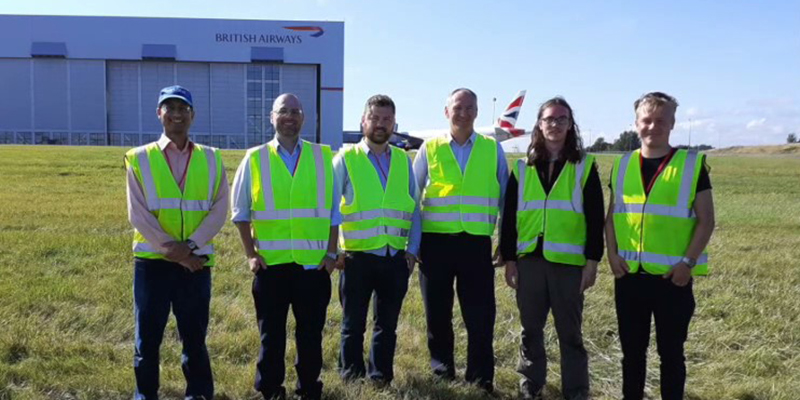
- Zenotech and Flare Bright join forces in the world-first SafeZone project to enable safer drone flight.
- Cardiff Airport offered them the opportunity to conduct a vital on-site series of flight trials.
- Over 40 flight trials were conducted in three days to validate a critical piece of drone safety.
- SafeZone is part of the Future Flight Challenge, delivered by UK Research and Innovation (UKRI), and designed to position the UK as a world leader in the third aviation revolution.
- Computational simulations have been generated using EPIC, supported by the Aerospace Technology Institute / Innovate UK “Aerospace Cloud Services” project.
In a world-first, high-tech SMEs, Zenotech and Flare Bright have successfully completed a series of critical flight trials at Cardiff Airport. This project, SafeZone, is set to improve the safety and effectiveness of UAVs in the urban environment through a new aerodynamic data service. Funded through the Future Flight Challenge, the results of this project will contribute to the transformation of urban flight, increased sustainability, and the positioning of the UK as a global leader in the third aviation revolution.
At Cardiff Airport, SafeZone completed a series of over 40 flight trials in three days to validate a critical component of future drone flying safety. Improved safety is a critical step towards making urban flight with its many benefits viable. UAVs have the potential to ease congestion and reduce the carbon footprint caused by deliveries, improve efficiency via remote maintenance, and extend the capability of the emergency services. One of the key safety factors to overcome is knowledge of wind around buildings to a high level of granularity and how it will affect drone flights.
SafeZone worked within the regulated environment of Cardiff Airport to test this capability,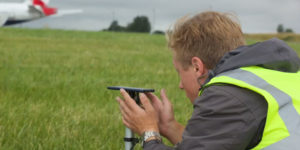 with large buildings and aircraft creating wind effects that traditionally would have been difficult to model and predict, and even more challenging to measure. In this world-first, the tests were conducted successfully, using the very latest in computational techniques from Zenotech, and the unique capabilities of Flare Bright’s wind-measuring nanodrone.
with large buildings and aircraft creating wind effects that traditionally would have been difficult to model and predict, and even more challenging to measure. In this world-first, the tests were conducted successfully, using the very latest in computational techniques from Zenotech, and the unique capabilities of Flare Bright’s wind-measuring nanodrone.
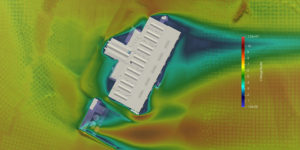
The partnership will deliver a new live data service to provide real-time information about aerodynamic hazards in urbanised environments. It is critical to get real data for validation to enable commercial viability, making the success of these tests so exciting. Ultimately, these results will allow drones to adapt their route as they fly through wind changes improving safety and public confidence in UAV flight in urban areas.
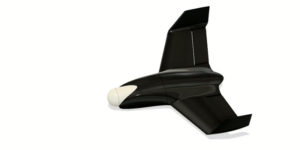
Flare Bright’s cutting-edge technology allows for easier and more accurate wind measurement in complex environments, where buildings and infrastructure make what the wind does difficult to model. The new data service will beat the current alternatives. The Met Office does not offer the level of granularity, LIDAR is costly and does not work in all atmospheric conditions, and anemometers (which are difficult to install on poles at a height of around 50 metres) are hazardous in the airport setting.
The power of Zenotech’s innovative products – their CFD solver, zCFD, and supercomputing tool, EPIC – are utilised in the project to create the data service from the aerodynamic analysis. The data service will build on Zenotech’s technology base, “AIRSIGHT”, supported by DSTL for the use of drones in hazardous defence and security environments.
After these trials at Cardiff Airport, SafeZone is looking for further use cases beyond airports, which may be urban areas, industrial sites, or any other situation where knowing wind strength at any height is useful.
Director and Co-founder of Zenotech, David Standingford said:
“Zenotech is proud to be partnering on SafeZone with Flare Bright to deliver safer and more effective UAVs in the cityscape, transforming urban mobility. It is rewarding to use our CFD and supercomputing tools to make a real impact in this ground-breaking field.
“We are delighted that Cardiff Airport has allowed these on-site flight trials and that they have taken off with such success. Thanks to the UK Government in Wales for their assistance in connecting us with the airport. We look forward to incorporating the results of these trials into our work and pushing the future of flight to the next stage. Ultimately, the data will be available in multiple levels of fidelity as a forecast subscription service with customization to render specific hazards.”
Carl Sequeira, Head of Flight Test, Flare Bright commented:
“Flare Bright’s autonomous nanodrone has many unique features, but its ability to accurately measure wind is really exciting for us and the wider drone industry. We were delighted that the Cardiff Airport wind measurement flight trials were so successful and we’re looking forward to developing this technology even further with Zenotech. The sky is – literally – the limit!”
Rob Elias, Head of Airfield Operations, Cardiff Airport added:
“We are pleased to have played a key part in facilitating these successful flight-trials at Cardiff Airport, and be part of such an exciting project. Thank you to the team at Zenotech and Future Flight Challenge for reaching out to us to participate in the trials, and we look forward to seeing how the SafeZone project progresses.”
The SafeZone project will receive a share of £30 million from the Future Flight Challenge, delivered by UK Research and Innovation.
Gary Cutts, Future Flight Challenge Director said“at the Future Flight Challenge we’re committed to funding projects that will help bring about the third revolution in aviation. The work Flare Bright and Zenotech are doing is vital to improving the safety and effectiveness of UAVs in urban environments. The successful completion of their trials in Cardiff is testament to the great work by both these companies and I look forward to seeing how the technology progresses.”
Watch a video about the project below:
For press enquiries, please contact:
- Carolyn Hair
- carolyn@oggadoon.co.uk
- 07747 807735
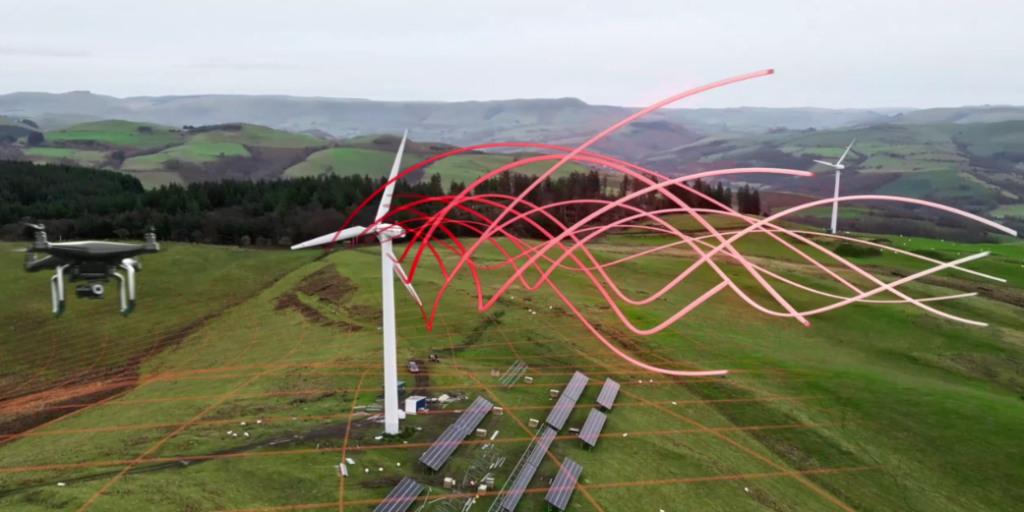

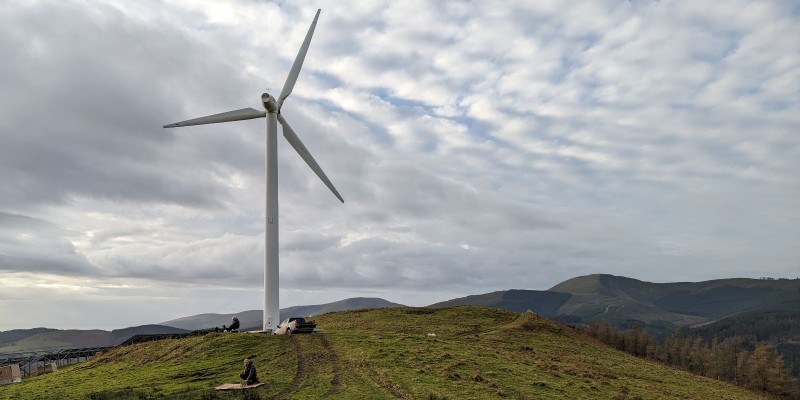
![SafeZone in full flight for drone safety [video] SafeZone in full flight for drone safety [video]](https://zenotech.com/wp-content/uploads/2023/11/header-Zenotech-article.jpg)